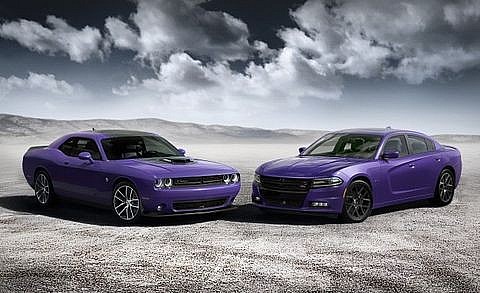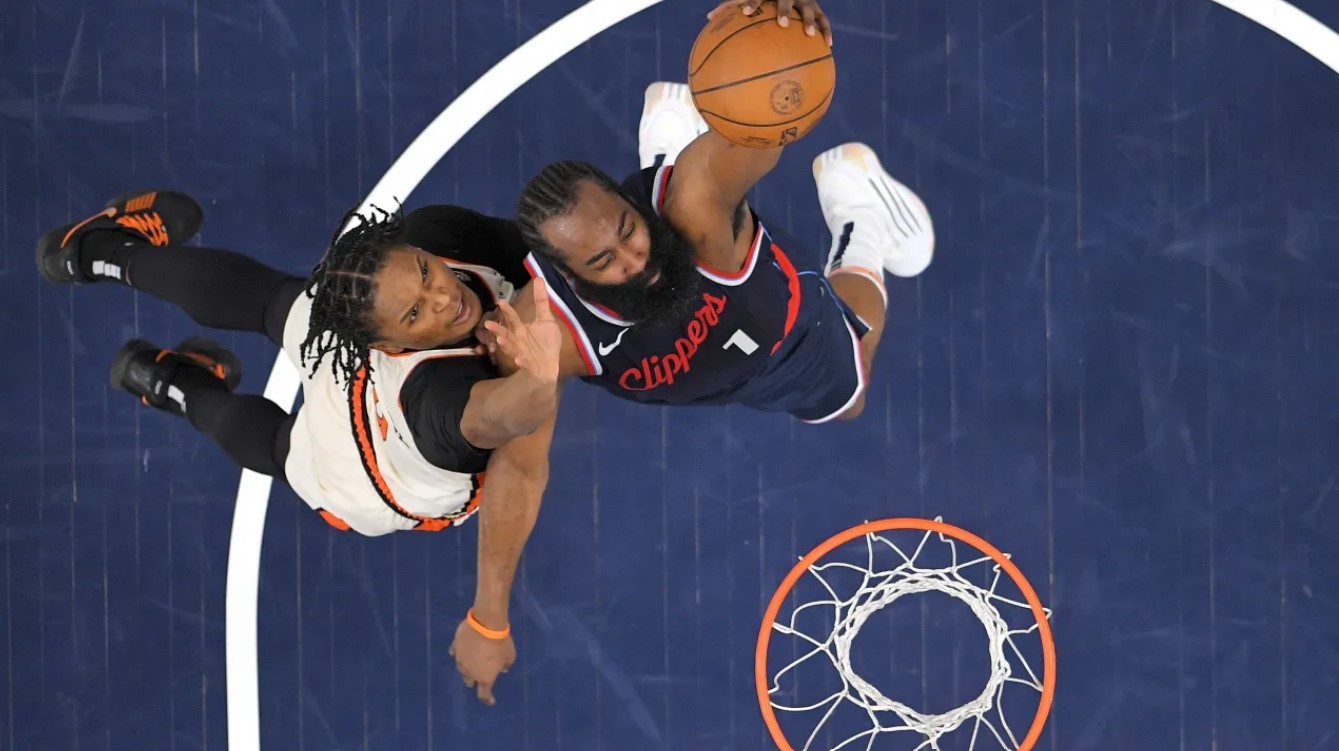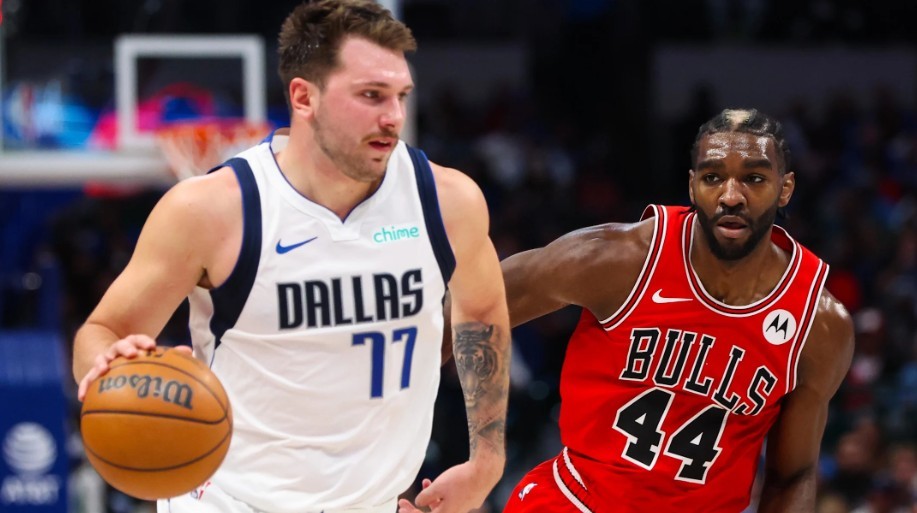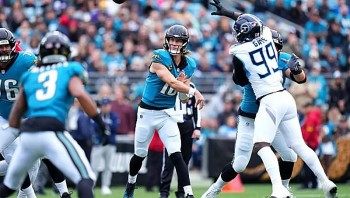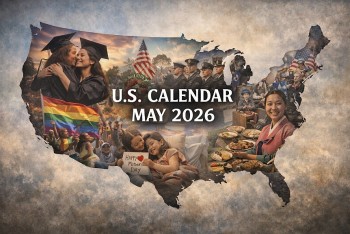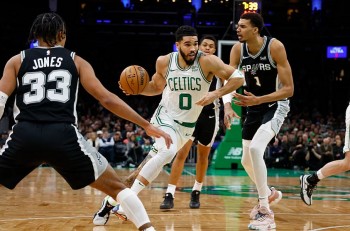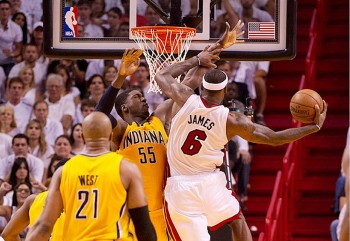The Rarest and Most Dangerous Car Colors In The US
 |
| Top Least Popular Car Colors In USA. Photo: KnowInsiders.com |
| Contents |
It seems like picking out car colors is similar to picking out what clothes to wear every day. Are you in a good mood today? You might like red or orange. If it's raining outside, you might enjoy wearing something bright so that you can be seen more easily on the streets. Others take great pleasure in customizing their vehicles by combining two distinct hues.
The history of car colors
The majority of cars in the 1900s were motorized carriages, which was completely different from the car we know today. It took weeks to finish a car after applying paint and waiting for it to dry. Painting techniques were typically adapted from the oil-based coating formulas used for vintage horse-drawn carriages.
Although the colors were exquisite, the majority of paints eventually faded or turned yellow because there was no binding agent present. Ford eventually created asphalt-based enamels for automobiles, using deeper hues that lasted significantly longer.
Over the years, innovations persisted, and after the First World War, new painting techniques made use of tung oil, sprayed and painted onto cars for quicker drying times.
The first spar-varnishes and spar enamels started to appear, and in the 1920s brilliant, exotic hues started to appear. Some cars even used multiple hues.
Cars with a single color and chrome trims became more prevalent in the 1930s and 1940s, and car colors gradually standardized. Unless you're willing to pay more for a special trim, most vehicle manufacturers today only offer a select few colors.
Some contend that our preference for car colors reflects our fascination with technology.
The majority of consumer electronics are finished in shades of brushed chrome, matte gray, glossy black, or white; over the past few years, this trend has also been seen in our preference for vehicle colors.
Impacts of car colors popularity on sales
Popularity of color is a key element that determines how quickly cars sell on the market. People buy with their eyes first and unquestionably prefer if their car has a particular appearance. Flashy colors draw attention, but most buyers don't have them in mind.
According to PPG's data, consumers in 2021 valued functionality over beauty. Vehicles in shades of silver, gray, white, and black were in high demand, while those in shades of red, green, pink, or two-tone sold at a lower rate.
Keeping the aforementioned information in mind, it is clear that monotone colors currently rule the market. You can demonstrate this by entering an open parking lot and counting how many colorful finishes you can find. But how did this fad develop?
The Rarest Car Colors In USA
While Americans adore neutral, naturally elegant automobiles, more garish and exciting colors instantly turn them off. Gold, yellow, and purple are the least popular car colors, according to statistics on car colors.
This shouldn't come as much of a surprise considering that some of the least frequent car colors in parking lots and on the road are these vivid and striking hues.
Though it's hard to say for sure, it may have something to do with how we want to be viewed while driving why the least popular car color always tends to be something more dramatic, like purple.
Gold
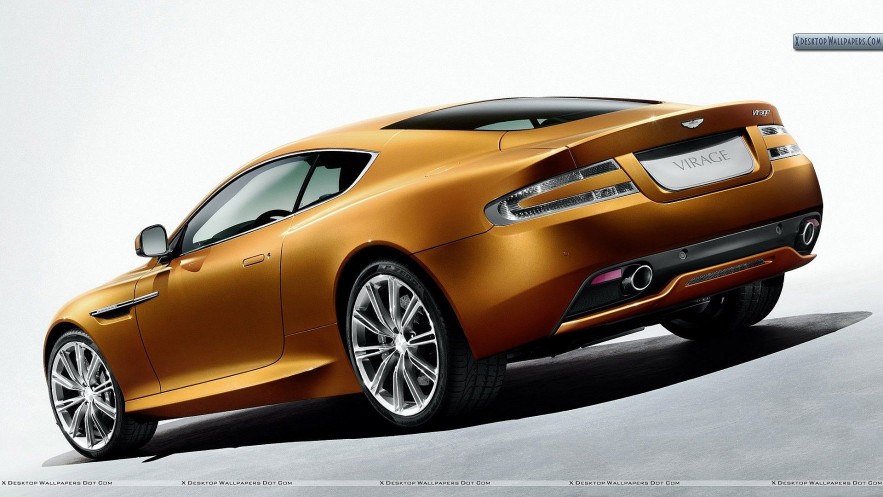 |
| Photo Pinterest |
Although gold cars may not be your first choice, they are a safe option because they stand out more than dark colors. Similar to orange cars, gold vehicles stand out against the background of traffic and roads and are uncommon enough to attract attention from other drivers.
Since gold is a precious metal, a yellow car conveys warmth, wisdom, and charm. However, the drawback is that due to the higher cost of painting, yellow-painted cars are frequently more expensive.
Yellow
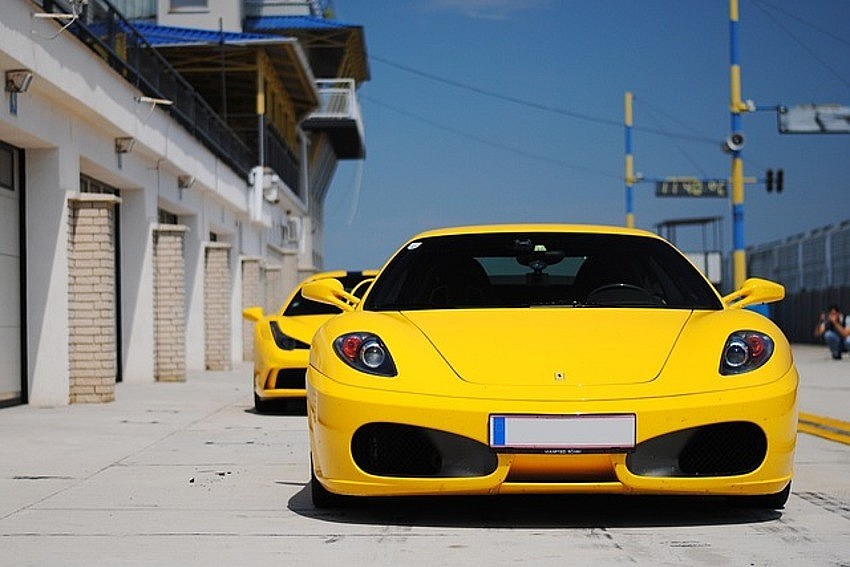 |
| Photo Arnold Clark |
Yellow is a less typical car color. Owners of yellow cars are aware that they will draw attention, but they typically have a positive outlook and a good sense of humor. If you live in a sunny area, yellow is also the most secure and appropriate color for you. Yellow, however, conjures up images of cabs.
According to iSeeCars Executive Analyst Karl Brauer, "Yellow is among the least popular car colors with the lowest vehicle share and is frequently a color for sports cars and other low-volume vehicles that hold their value fairly well." People are willing to pay more for yellow cars because they are so unusual in the used car market.
Purple
Because few people want to purchase purple cars, automakers only produce a small number of purple vehicles. While expensive, exotic supercars and one-off restomods frequently feature deep metallic purple paint, mass-produced cars rarely do due to concerns about the color's potential negative effects on resale value.
What does a purple car say about you?Having a purple car probably indicates that you enjoy attracting attention and that avoiding detection isn't high on your list of priorities. Purple is typically thought to be a color that creative individuals and people who like to think of themselves as somewhat individualists prefer. When we take into account the types of cars that are frequently associated with purple paint, this analysis is probably fairly accurate. |
Does purple paint make a car more expensive?When someone mentions a purple car, we typically picture deep, rich colors that are frequently metallic or pearlescent and that can significantly increase the price of a vehicle. The cost of producing a super high-quality finish in purple for a restomod can be exorbitantly expensive. However, when a production car is offered in a purple metallic, it probably won't be any more expensive than the other metallic colors available. If you choose a custom paint job in a deep, rich metallic purple, especially one that requires numerous coats to achieve the desired finish, may God have mercy on you if you are in an accident and need to have a section resprayed to match! |
Cars available in purple
The Hellraisin color, a subdued purple shade that isn't too offensive, is an option for the 2021 Dodge Charger and 2021 Dodge Challenger. When compared to Hellraisin, Dodge's "Plum Crazy" purple is much more vivid. The McLaren 720S and the Lamborghini Huracan, which are frequently seen for sale on Auto Trader or specialized websites in purple, are examples of McLaren and Lamborghini models that the manufacturers don't hesitate to produce. |
| Fortunately, it appears that North America is more colorful than the rest of the world. North Americans were more likely to choose colorful finishes than consumers in South America, Asia, or Europe, where white has an even larger market share, with the exception of "natural" colors (browns, beiges, golds, etc.). Sadly, it is impossible to ignore the clear trends. Gray and white are becoming more popular while black appears to have reached a peak in popularity. There are some fascinating insights into car color statistics provided by the PPG Annual global report on the popularity of car colors in North America: • 24% of cars on the road in 2021 were white. • Only 1% of cars are pink or purple. • 34% of cars on the road are in shades of grey and silver. |
Why are neutral colors more popular than gold, yellow and purple?
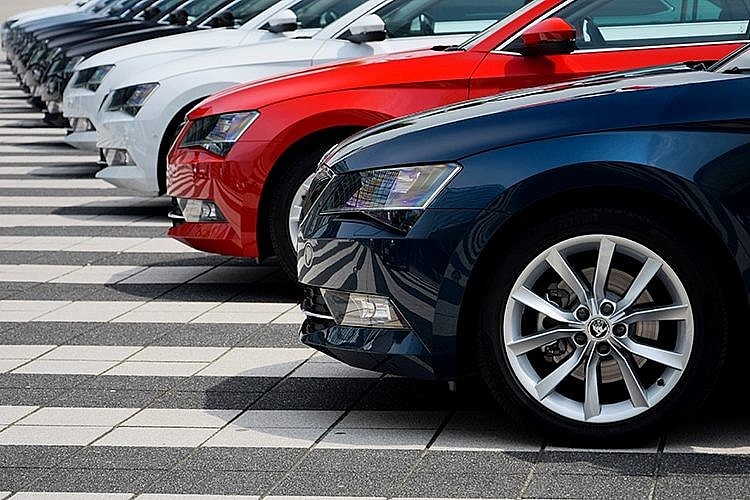 |
| Photo iStock |
While shades like gold and purple undoubtedly stand out, neutral colors like white and grey can easily blend in with the rest of the traffic. Some people simply prefer not to draw attention to themselves while traveling to and from work each day.
Top Most Dangerous Car Colors
 |
| Photo autoblog |
Dark car colors are the most hazardous; the greater the likelihood of an accident, the darker the color of the car.
There are a few exceptions, though. The following hues have a higher crash risk:
Black
Black cars are the most dangerous vehicles because they have the highest crash risk, according to statistics and the findings of the Monash University Accident Research Centre. However, different studies come up with varying numbers, ranging from 10% to 20% more dangerous than bright or light-colored cars. For instance, according to one study, dark-colored cars are 47% more likely to be involved in an accident than light-colored ones.
In addition to being harder to see in low light and bad weather, black cars also blend in well with their surroundings in good light, which causes other drivers to pause for a split second and potentially cause an accident. Additionally, during the day, black cars can easily blend in with the dark backgrounds of the roads and buildings.
Gray and Silver
Although silver is one of the most popular car colors, it is also one of the most dangerous, along with gray. Compared to light-colored cars, the likelihood of an accident involving a silver vehicle is about 10% higher.
Blue
The color blue is common and is quickly emerging as a favorite among drivers for their vehicles. However, in addition to blending into colors at night, it does the same during the day. Blue cars can easily blend in with the sky, making them very difficult to see or locate. Dark blue cars have a higher crash risk, as one might expect given that accidents are more likely the darker the color.
Red
Red is a striking color that is frequently preferred by fans of sports cars, but red cars are the exception to the rule since red is arguably the most noticeable car color. Red cars are more likely to be involved in collisions because they resemble so many other traffic elements, such as brake lights, road signs, traffic lights, sirens, and many others.
Green
Green cars are once again becoming popular after being dismissed as a retro throwback to the avocado-colored cars of the 1970s and the teal cars of the 1990s. But regrettably, they pose the same danger as red cars. They blend in with various traffic features and the surrounding vegetation, such as trees, grass, and bushes.
Why the Fuss About Car Color?
Next time, give it some extra thought before choosing the paint color for your car. You may base your decision on your personal preferences or something that best represents your personality.
Your car's color can have an impact on a number of things, such as:
Value at auction: Due to the fact that orange Chevrolet Corvette C8 Stingrays were the first to be made available, they are more expensive. Browns and greens, which are less common color choices, actually reduce a car's resale value, according to Kelley Blue Book.
Upkeep: Some paint colors require more effort to keep and keep clean. For instance, darker cars require more effort to keep scratch- and scuff-free because blemishes stand out more on their surfaces. As a result, plan on going to the car wash more frequently. Longer than black or red cars, white, silver, and gray vehicles can maintain a clean appearance.
Your choice of automobile: Different car colors go well with various car types. For instance, sports cars are frequently associated with the colors red and yellow. A yellow Chevy Camaro is relatively simple to find, but a yellow pick-up truck is less common.
Risk of theft: According to a study by CCC Information Services, silver vehicles are the most likely to be stolen, followed by white and black vehicles. In addition to the fact that silver, white, and black cars are more prevalent on the road than red ones, which would make them stand out more boldly as red cars do, this gives thieves more opportunities to target and blend in. Because these cars have higher resale values, car thieves also like to steal popularly colored vehicles.
Safety: Because they can lessen the likelihood of a car accident, some colors are safer than others. According to urban legend, your car's color influences the cost of your auto insurance. This, however, is merely a myth. Insurance companies don't judge the owner of the car based on the color of the car, contrary to what many people believe. They do care about the make and model of any vehicle they underwrite. Contrary to popular belief, owners of red cars, for instance, do not pay more for insurance than other car owners.
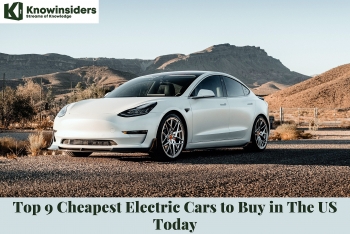 Top 9 Cheapest Electric Cars 2023 to Buy in The US Top 9 Cheapest Electric Cars 2023 to Buy in The US If you’re in the American market for an EV in 2022/2023, we explore some of your choices in this post. Here are the 10 cheapest ... |
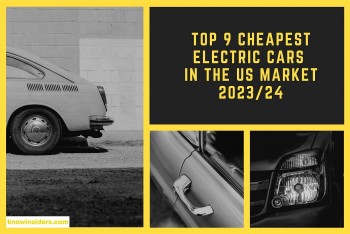 Top 9 Cheapest Electric Cars In The US Market 2023/2024 Top 9 Cheapest Electric Cars In The US Market 2023/2024 As the fuel prices keep rising, why don't consider buying an electric car? Check out Top 9 Cheapest Electric Cars In The US Market 2023 ... |
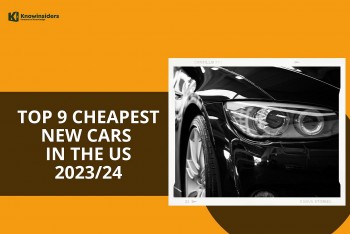 Top 9 Cheapest New Cars In The US 2023/2024 Top 9 Cheapest New Cars In The US 2023/2024 Looking for a car to buy in 2023? An affordable car with convenient features will become favorite. Check out Top 9 Cheapest New Cars In ... |


